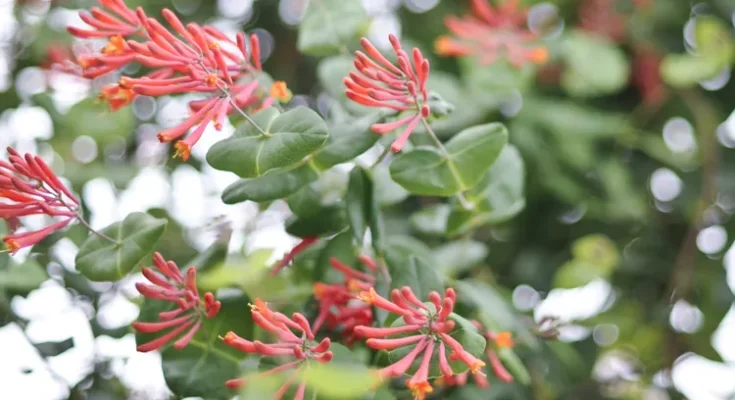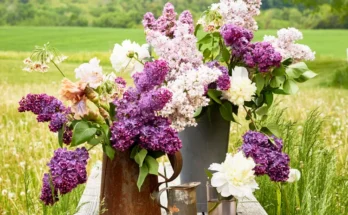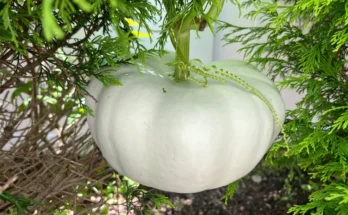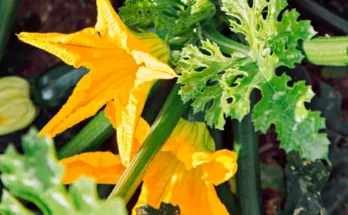Deer tend to leave these beautiful flowering vines alone.
While a very hungry deer will eat almost any plant, there are many that they tend to avoid, among them are some spectacular vines. Most of these climbing plants bear showy flowers that attract pollinators. Others boast attractive fruit. Some are evergreen and several are native to the United States. The following vines will add gorgeous accents to your gardens and are least favored by deer.
:strip_icc():format(webp)/bhg-american-bittersweet-vine-101308590-ed8c3924b5f142b48cf0c4f8ca9d7a75.jpg)
1. American Bittersweet
An adaptable, fast-growing woody vine, American bittersweet (Celastrus scandens) will quickly cover a fence or arbor. And it’s perhaps the most reliably deer-resistant ornamental vine you can grow. You need both a male and female plant to get the drooping clusters of bright orange-yellow fall fruit unless you purchase one of the recently introduced self-fruitful varieties such as ‘Autumn Revolution’ or ‘Sweet Tangerine’. The fruiting stems make terrific additions to wreaths and dried flower arrangements.
Growing Conditions: Full sun to part shade; lean to average, well-drained soil
Size: 15-20 feet tall or more; 3-6 feet wide
Zones: 3-8
:strip_icc():format(webp)/bhg-carolina-jessamine-102342661-951280deb9f64b3b814944c60b538e76.jpg)
2. Carolina Jessamine
The canary yellow fragrant flowers of Carolina jessamine (Gelsemium sempervirens) are a signal that spring is just around the corner, starting as early as February in some regions and continuing to May. They stand out against the glossy evergreen leaves of this native of the southeastern United States. Although a favorite of bees, butterflies, and hummingbirds, deer avoid it. It makes a lovely covering for an arbor or pergola and can be trained on a trellis as an effective screen.
Growing Conditions: Full sun; moist, well-drained soil
Size: 10-20 feet tall, 3-6 feet wide
Zones: 6-10
:strip_icc():format(webp)/bhg-coral-honeysuckle-101949133-8cd499e03d164abbbfd8871a2f77a7ae.jpg)
3. Coral Honeysuckle
Native to the southeastern United States, the coral honeysuckle (Lonicera sempervirens) is a lovely semi-evergreen climber with multi-season appeal. It’s also called trumpet honeysuckle, because of its red, coral, or yellow trumpet-shaped flowers that attract butterflies and hummingbirds from spring to summer. In the fall, their bright red fruit is eaten by songbirds. And unlike the Japanese honeysuckle, which is invasive in many regions, the coral honeysuckle doesn’t grow aggressively.
There are several varieties that offer a choice of flower color including ‘Leo’ with red flowers and blue-green leaves, ‘John Clayton’ with yellow flowers, and ‘Major Wheeler’ with reddish orange flowers that repeat throughout the growing season.
Growing Conditions: Full sun; moist, well-drained soil
Size: 10-20 feet tall, 3-6 feet wide
Zones: 4-9
:strip_icc():format(webp)/bhg-clematis-crispa-b2c28ac4d94145558971791a36d65d8a.jpg)
4. Swamp Leatherflower
Swamp leatherflower (Clematis crispa) is a dainty vine known by several other names including blue jasmine and marsh clematis. Its fragrant soft pink or purple flowers appear in spring, then sporadically in summer and fall. It is heat tolerant and its flowers attract butterflies, bees, and other pollinators. It usually dies back to the ground in winter.
Growing Conditions: Full sun or part shade; moist, acidic, well-drained soil
Size: 6-10 feet tall, 3-6 wide
Zones: 6-9
:strip_icc():format(webp)/native-American-wisteria-frustecenes-Amethyst-Falls-6c3e6183036848eba737c27340a4aa65.jpg)
5. American Wisteria
Drooping clusters of lilac-purple or white flowers grace the stems of American wisteria (Wisteria frutescens) in late spring and may reappear sporadically throughout the summer. Because it flowers on current year’s growth it can be pruned in the fall to control its size. It needs a sturdy support to climb. Unlike its more aggressive non-native cousins, which have escaped cultivation into natural areas and woodlands, American wisteria is not invasive.
Growing Conditions: Full sun; moist, well-drained soil
Size: 30 feet tall or more, 3-6 feet wide
Zones: 6-9
:strip_icc():format(webp)/CD_56770_preview-0506c86ed24c4aca8838cdda06166b36.jpg)
6. Star Jasmine
Although it is occasionally nibbled upon when deer populations are high, most deer usually avoid the star jasmine (Trachelospermum jasminoides). It’s worth a try given its wonderfully fragrant star-shaped flowers. The pure white blooms attract pollinators and stand out against the glossy evergreen foliage. Although it is only hardy in warmer regions, it can be grown in a container and brought indoors where winters are cold. Grow it on a trellis on a patio or porch where its fragrance will be appreciated.
Growing Conditions: Full sun, part sun; moist, well-drained soil
Size: 3-18 feet tall, 3-6 feet wide
Zones: 8-11



